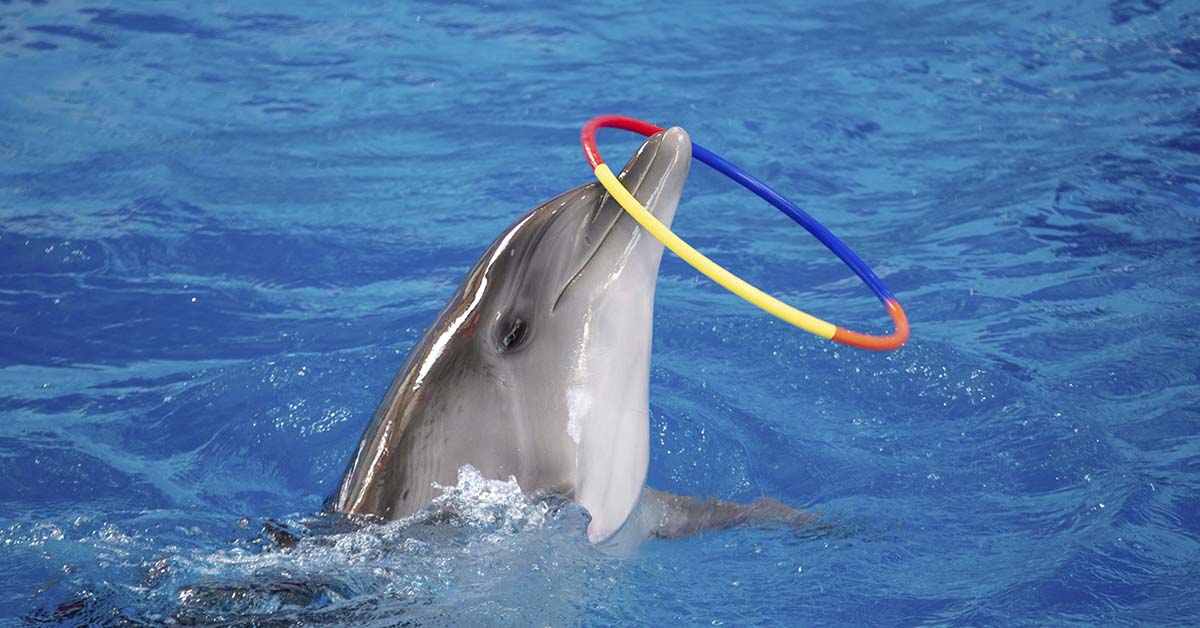Mexico has officially banned dolphin shows after years of heated debate, marking a turning point for animal rights. The move to outlaw marine mammal performances is not just symbolic, it deals directly with the welfare of dolphins, whales, and sea lions that for too long have been kept in captivity. This new law has caught global attention and puts Mexico forward as one of the leaders in animal welfare.
What the Law Includes
The General Wildlife Law has been changed so that marine mammals cannot be used for entertainment. That covers dolphin shows, swim-with-the-dolphin programs, and even traveling displays. The Mexico dolphin ban also stops captive breeding unless it’s for conservation or scientific research.
The government now has to make sure that the 300-plus dolphins still in tanks get better treatment. Facilities have to improve space, water, and stimulation so animals don’t suffer from boredom and stress. When possible, animals should be moved out of small pools into seaside pens, which is a step closer to their natural homes.
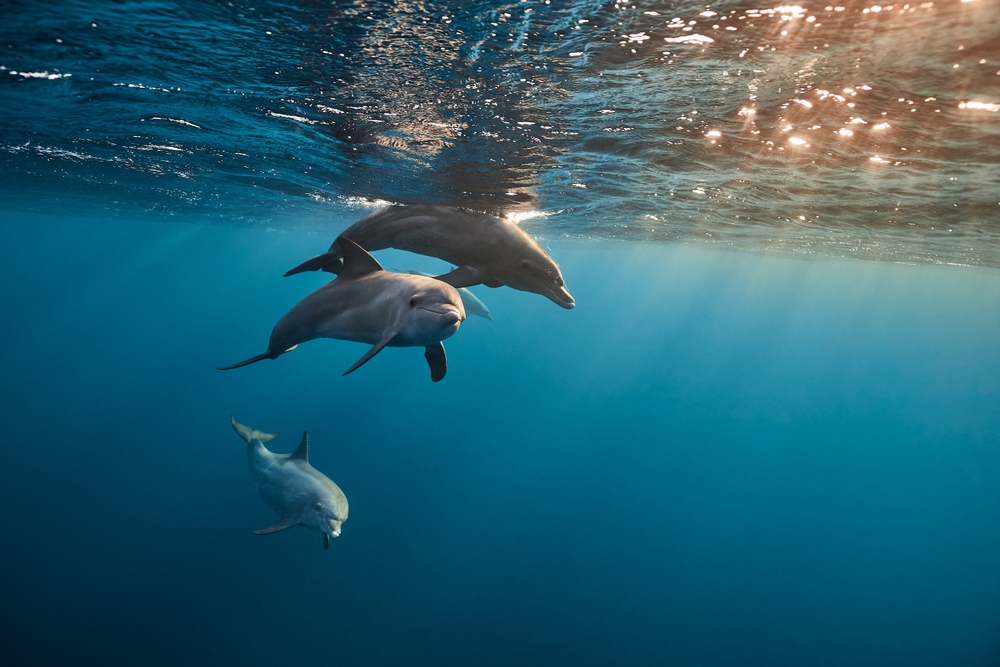
Why the Ban Happened
There were many reasons why Mexico’s dolphin entertainment ban came into play.
Scientific Research
Scientists have shown clearly that dolphins suffer in tanks. Limited movement, low mental stimulation, and constant stress all create illness. Captive dolphins often develop eye and skin issues, as well as diseases and repetitive, strange behaviors. Out in the ocean, they swim huge distances, hunt fish, and live in tight social pods. Life in captivity takes away all of that.
Public Pressure
People’s opinions shifted after shocking stories came to light. A video of a dolphin called Mincho went viral after he crashed onto concrete during a show in Quintana Roo. He ended up badly injured and partly blind. That kind of scene opened a lot of eyes. Protests grew stronger and pushed politicians to finally act.
Political Support
The Senate and Chamber of Deputies both voted in favor of the change, with no opposition at all. President Claudia Sheinbaum gave her backing too, which made the reform official. Now it’s up to authorities to check oceanariums, enforce higher standards, and make sure the law is not just a piece of paper.
What the Change Means for Animals
The dolphin captivity ban in Mexico changes how animals are cared for and what the future looks like.
- Facilities have to give dolphins cleaner water, larger pools, and toys or enrichment so they don’t go mad from stress.
- Breeding dolphins for shows is over. As the current dolphins grow old, the population in tanks will slowly shrink.
- Sea pens or ocean-based sanctuaries will replace some of the tanks, which means animals will live in conditions closer to nature.
This doesn’t free them into the wild, but it at least lets them live out their years with more dignity.
Effects on Tourism and Economy
Tourism is a big part of Mexico’s economy, so this decision will have ripple effects. Resorts that used dolphin shows as a selling point will need to adapt. Some businesses may close, others will turn to eco-friendly options.
On the other hand, travelers these days are looking for more ethical experiences. Many would rather see dolphins in the wild than in a pool. Mexico’s dolphin entertainment ban may actually attract more of these tourists who want responsible choices.
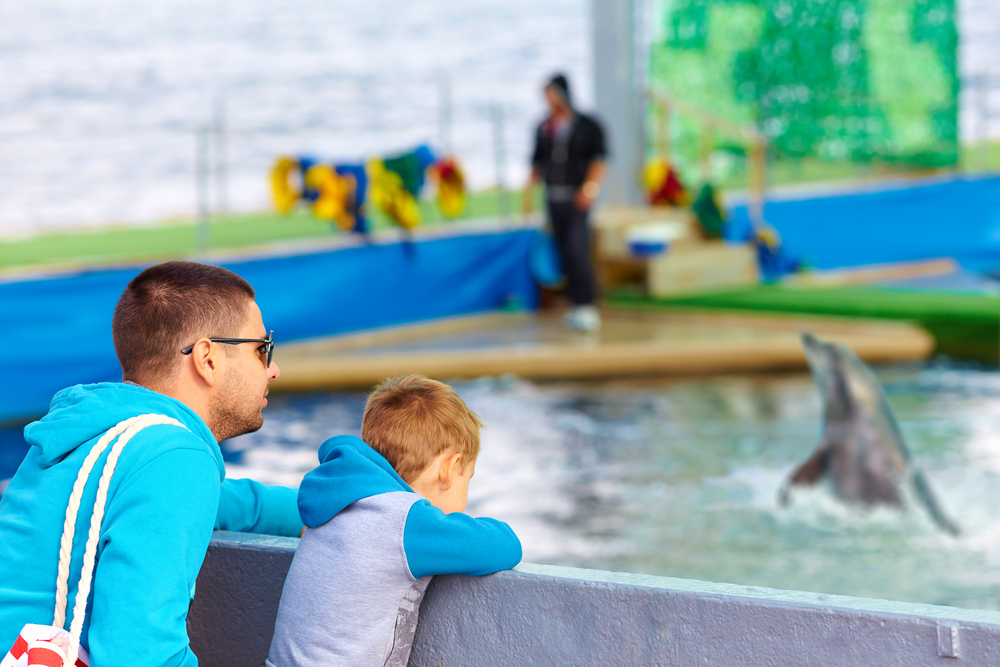
Mexico in the Global Context
Mexico decided to ban dolphin shows at the same time other countries are making similar choices. Costa Rica and Chile already forbid keeping aquatic mammals for entertainment. In Europe, France and the UK have taken steps too.
All over the world, people are recognizing animals as sentient, intelligent, emotional beings. Dolphins especially are known for their advanced communication and social bonds. By outlawing dolphin performances, Mexico has joined a wave of nations putting ethics above money.
Read More: Dolphins Bring “Gifts” From the Sea to the Shores Because They Miss Their Human Visitors
Challenges Ahead
The job is not finished.
- Enforcement is a real test. A law means nothing if facilities keep doing the same old tricks without consequences.
- Moving dolphins from bad pools to sea pens takes money, experts, and time. Some places will fight against it.
- Even in better spaces, dolphins will still need vets, stimulation, and good food to live healthy lives.
Education is also part of the work. Tourists still expect to see dolphin shows, so resorts and travel companies have to explain the change and why it matters.
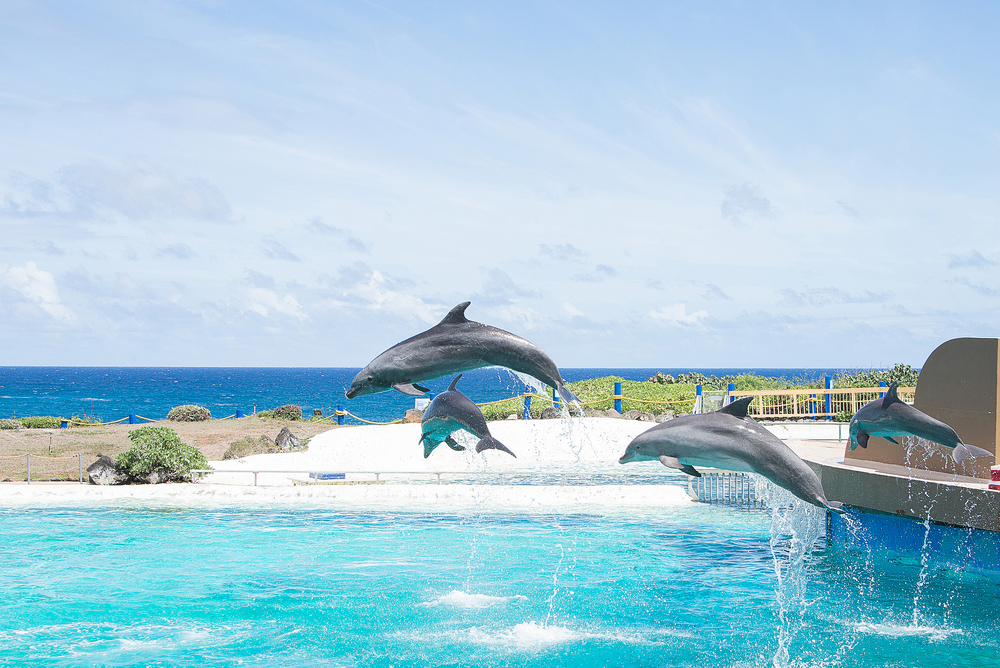
Why It Matters
This reform is about more than tourism, it’s about values. Dolphins are no longer seen as circus acts but as living beings with complex needs. Mexico’s dolphin entertainment ban sends a message that cruelty for a quick laugh or profit is outdated.
For the world, it proves that political will, science, and public outcry can shift policy. It also shows that countries can make tourism and compassion work together.
How People Can Support the Shift
Everyone can play a small part in making this change last.
- Pick eco-travel options instead of visiting dolphinariums.
- Support sanctuaries and groups that protect marine life.
- Spread the word about why dolphin shows are harmful.
- Ask leaders in other countries to pass stronger animal protection laws.
One person’s choice may seem tiny, but together it drives change.
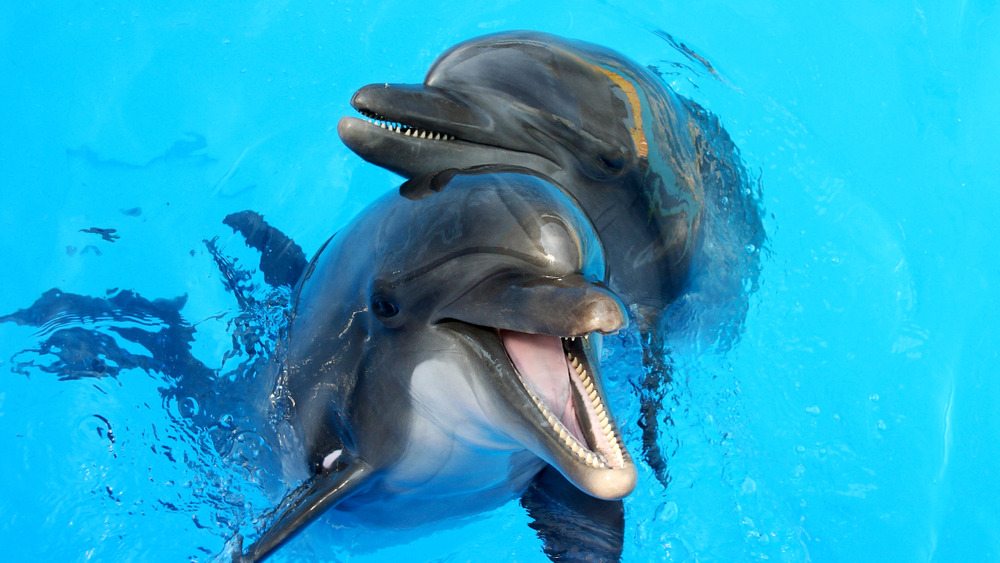
Final Thoughts
Mexico’s move to ban dolphin shows sets an example for the rest of the world. The new law stops breeding dolphins for entertainment, pushes facilities to give better care, and promises more natural spaces for animals to live in.
It is not a perfect fix. There will be challenges, and dolphins already in tanks will never know the open ocean again. But it is still a victory. A mix of science, politics, and compassion led to this step, and it shows that humans can rethink old habits.
The dolphin captivity ban in Mexico is more than a law, it’s a statement of respect for life. And maybe, just maybe, it will inspire other nations to follow the same path.
